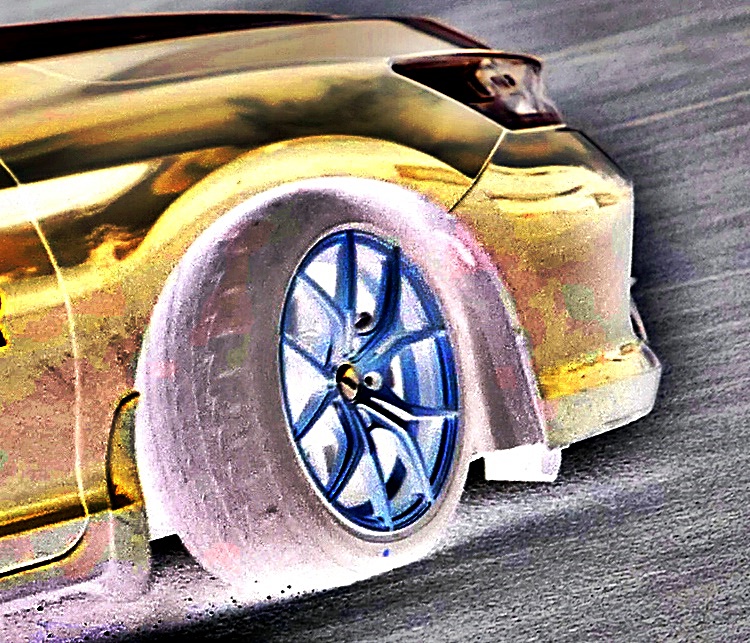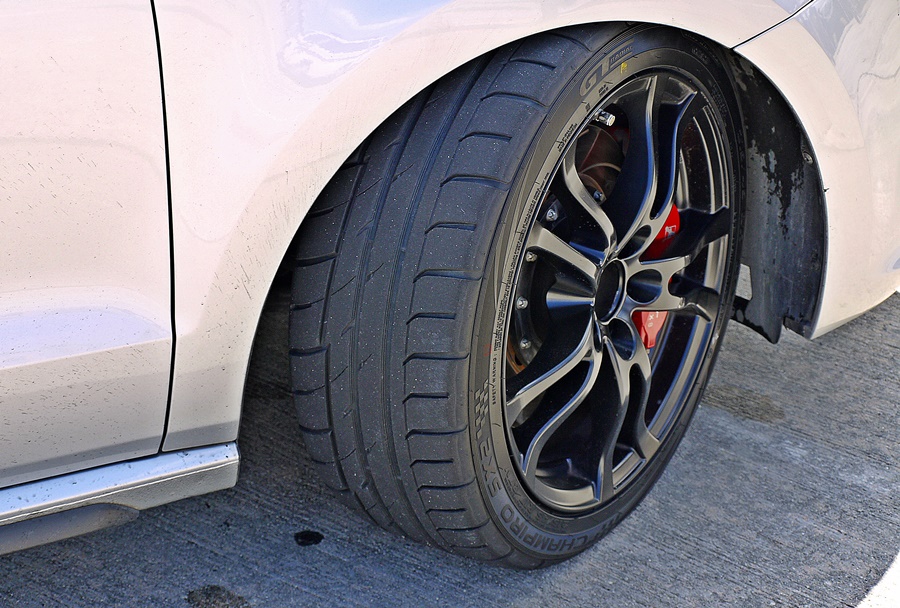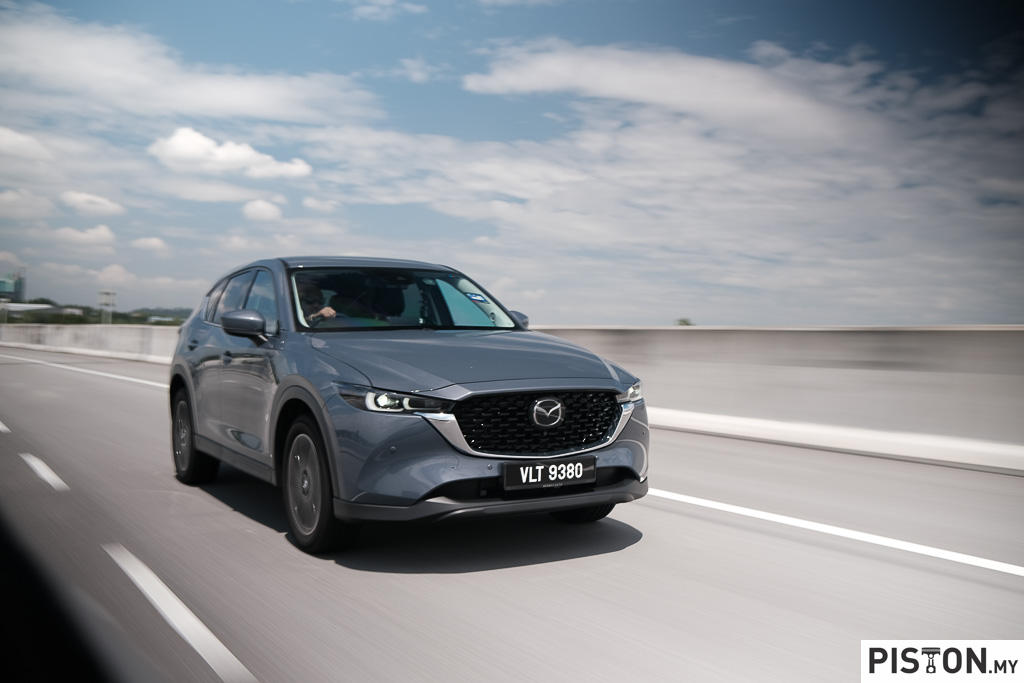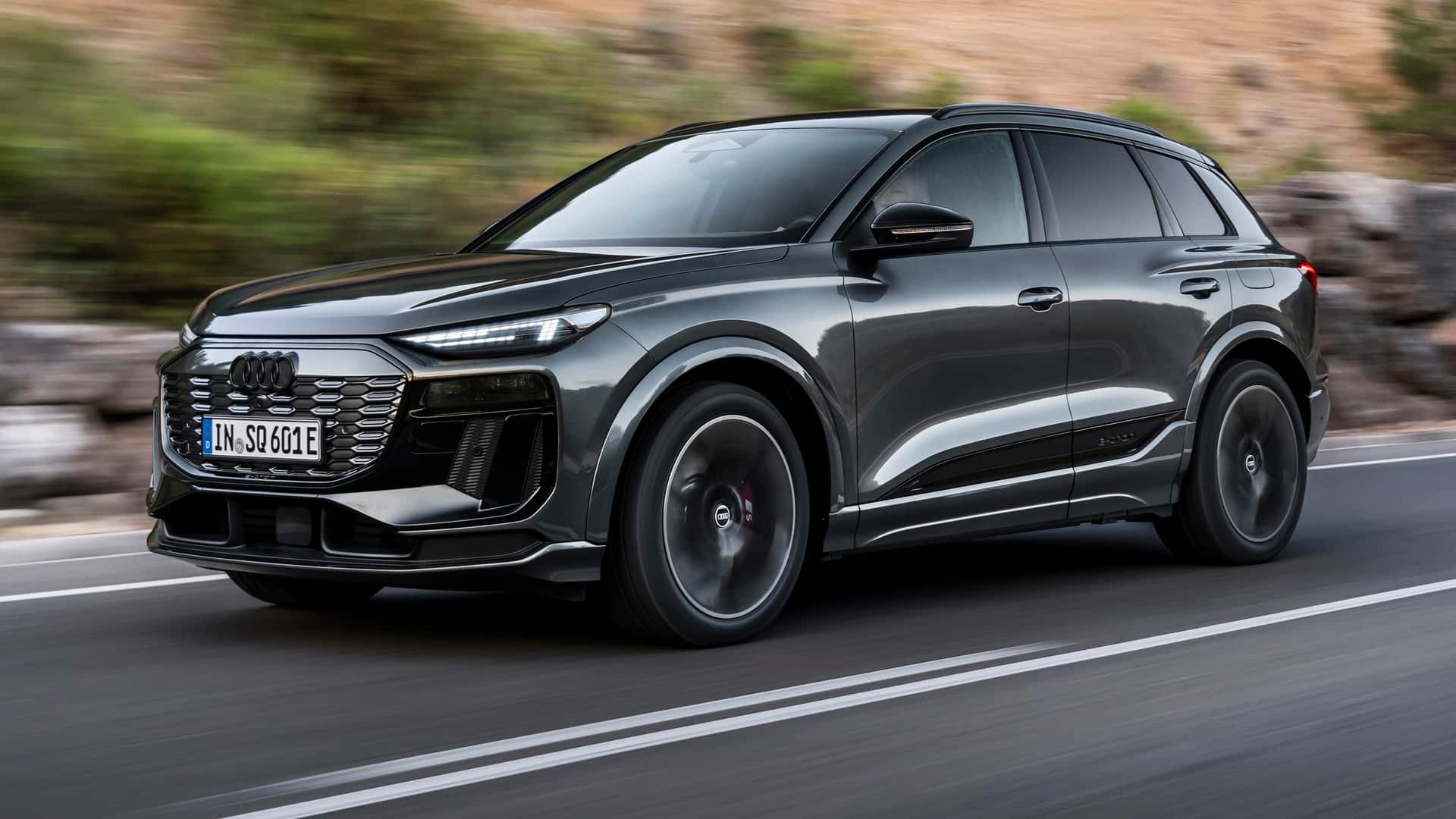Motor vehicles are blamed for pollution, the exhaust gases from the internal combustion process sending toxic elements into the air. Since the 1970s, carmakers have been addressing this, pushed by government regulations that became more stringent to protect the environment. The shift to electric cars is partly due to the regulations being too tough for the internal combustion engine to meet, although today’s engines are certainly much cleaner than those of 20 years ago.
Then there’s noise pollution. Studies in 2012 found that 50,000 deaths and approaching a quarter of a million cases of cardiovascular disease every year in Europe were linked to traffic noise. This type of ‘invisible’ pollution is one of the most widespread environmental problems in the European Union and there are regulations that limit noise levels.

And then there is, believe it or not, pollution from tyre wear which can be 1,000 times worse than what comes out of a car’s exhaust, according to Emissions Analytics, an independent global testing and data specialist for the scientific measurement of real-world emissions.
Harmful particle matter from tyres – and also the brakes – is a very serious and growing environmental problem, one that is worsened by the increasing number of larger, heavier vehicles such as SUVs. Electric vehicles (EVs) may have lighter bodies but they carry heavy battery packs, which also contributes to the problem.
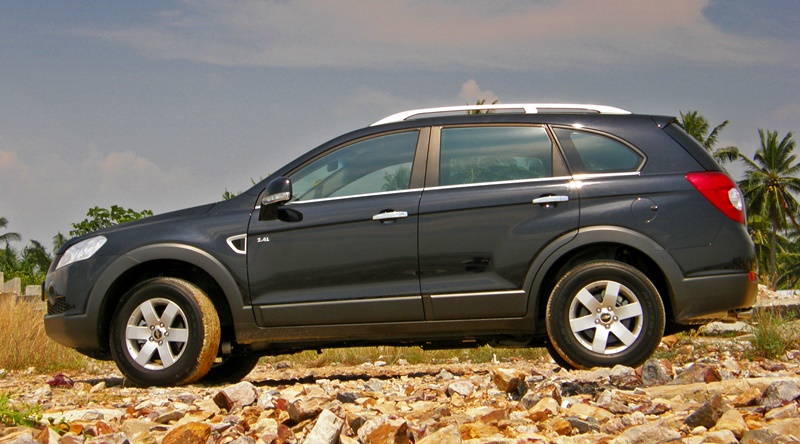
So far, perhaps because legislators have not realised it, vehicle tyre wear pollution is completely unregulated. However, there is growing concern around ‘non-exhaust emissions’ (NEE) which are particles released into the air from brake wear, tyre wear, road surface wear and resuspension of road dust during on-road vehicle usage.
NEEs are currently believed to constitute the majority of primary particulate matter from road transport, 60% of PM2.5 and 73% of PM10. In its 2019 report – Non-Exhaust Emissions from Road Traffic – by the UK Government’s Air Quality Expert Group, it recommended that NEEs are immediately recognised as a source of ambient concentrations of airborne particulate matter, even for vehicles with zero exhaust emissions of particles – such as EVs.
To understand the scale of the problem, Emissions Analytics performed some initial tyre wear testing. Using a popular family hatchback running on brand new, correctly inflated tyres, it was found that the car emitted particles amounting to 5.8 gms per km.
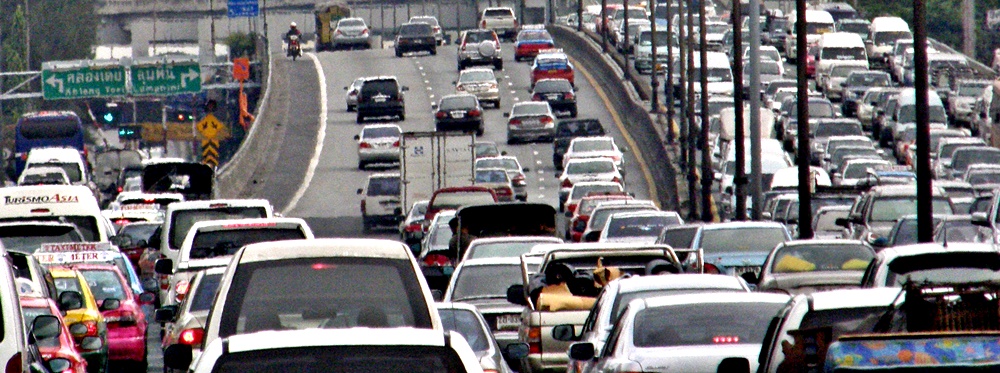
Compared with regulated exhaust emission limits of 4.5 milligrams per km, the completely unregulated tyre wear emission is higher by a factor of over 1,000! Emissions Analytics notes that this could be even higher if the vehicle had tyres were under-inflated, or the road surfaces used for the test were rougher, or the tyres used were from a budget range – all very recognisable scenarios in real-world motoring.
“The challenge to the industry and regulators is an almost complete ‘black hole’ of consumer information, undone by frankly out-of-date regulations still preoccupied with exhaust emissions. In the short term, fitting higher quality tyres is one way to reduce these NEEs and to always have tyres inflated to the correct level,” suggests Nick Molden, CEO of Emissions Analytics.
“Ultimately, though, the car industry may have to find ways to reduce vehicle weight too. What is without doubt on the horizon is much-needed regulation to combat this problem. Whether that leads to specific types of low emission, harder wearing tyres is not for us to say – but change has to come,” he urged.


